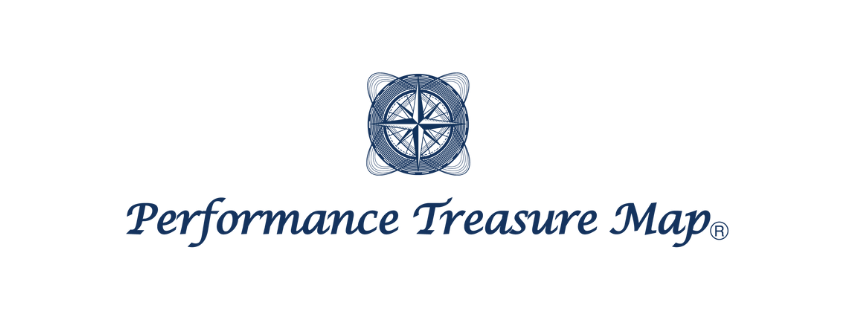Thank you for visiting this blog!
In this blog, we will introduce “Strength Training,” which connects to sprinting and jumping power in the Original K-Map. To perform strength training effectively, “Corrective & Preparation Exercises” are essential. However, “Strength Training” is what directly leads to improvements in competitive movements like sprinting and jumping.
For an explanation of “Corrective & Preparation Exercises,” click here!

We will explore the purpose, procedures, and important points of each training, as well as:
- Principles and fundamentals for performing the exercise
- How it links to performance (treasure)
Our goal is to help you better understand these training.
This time, we will introduce the “Back Squat (Low Bar / High Bar)”!
K-MapのスクワットBack Squat in the K-Map
In the Original K-Map, the back squat is listed as a fundamental exercise.
The K-Map allows us to understand what can be gained from the back squat and what is necessary to perform it.


Back Squat
The back squat is often referred to as the “King of Exercises,” considered the most important compared to other training.
The back squat is the only exercise that directly trains the movement pattern known as hip drive.
Mark Rippetoe
What You Can Gain
✔︎ Muscle power generation capability in the posterior chain
✔︎ Bilateral dynamic strength of the lower limbs
✔︎ Joint mobility of the lower limbs
✔︎ Strengthening of the back muscles
✔︎ Maintaining a neutral pelvis by controlling abdominal pressure
Procedure
- Grip the bar with a width approximately 1.5 times shoulder-width.
- 【For High Bar】 Position the bar directly above the upper trapezius.
【For Low Bar】 Position the bar across the middle of the shoulder blades. - Squeeze the shoulder blades together and engage the upper back as you unrack the bar.
- Step back, positioning your feet shoulder-width apart with toes turned out at 30°.
- Balance the center of your feet directly beneath the bar.
- Inhale as you squat down.
- Maintain extension of the thoracic and lumbar spine, keeping the spine stable.
- Push the knees slightly outward to align with the direction of the toes.
- Lower until your thighs are parallel to the floor.
- Hold your breath and lift back up, keeping your gaze focused about 1.5 meters ahead rather than looking up.
Key Points
To maximize the training effect of the back squat, the depth of the squat (step 9) is crucial! Generally, squatting until the thighs are parallel to the ground offers significant benefits.
In some sports, there may not be instances where athletes squat this deeply during competition. However, from the perspective of muscle hypertrophy and neuromuscular training, there is no reason not to perform deep squats.
The depth of the squat reflects the depth of the mind.
Kazuma Yamazaki

Deep squats are indeed a fundamental education for all humanity!
Conclusion
Once you have mastered the squat movement, the next step is to add load while maintaining proper form.
If you’ve experienced squatting, you know how challenging it can be—unlike any other exercise. (Some people even enjoy it, which showcases the diversity of human values!)
The saying “No pain, no gain” is very fitting; I aspire to be someone who chooses the tough path to seize the glory of victory.
If we’re going to do something challenging (or make someone do it), we want it to be meaningful and without injury.
Rather than mindlessly squatting, I want to be a trainer who can clearly explain why we do it and what is necessary to achieve that.

This post is also available in ja.


